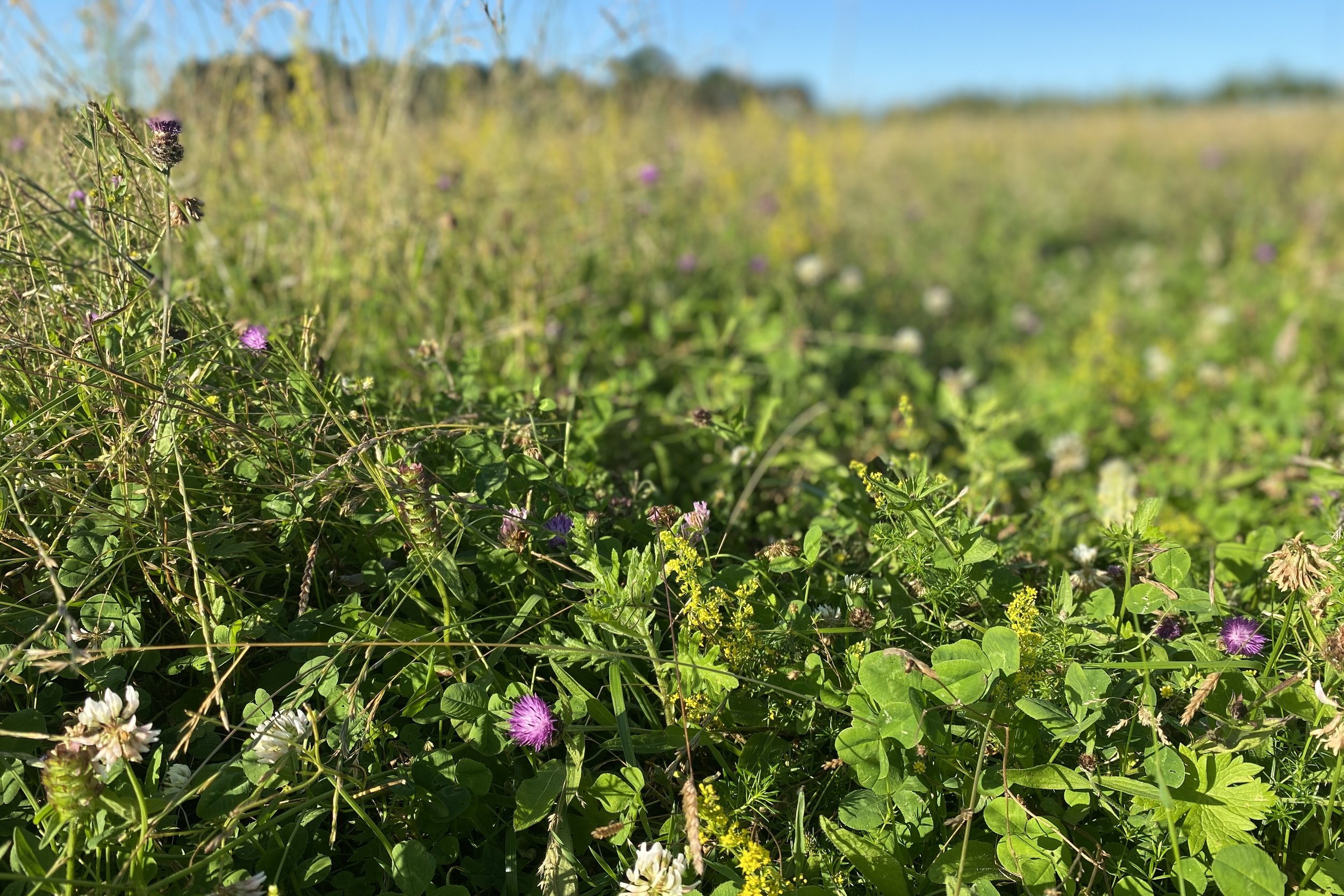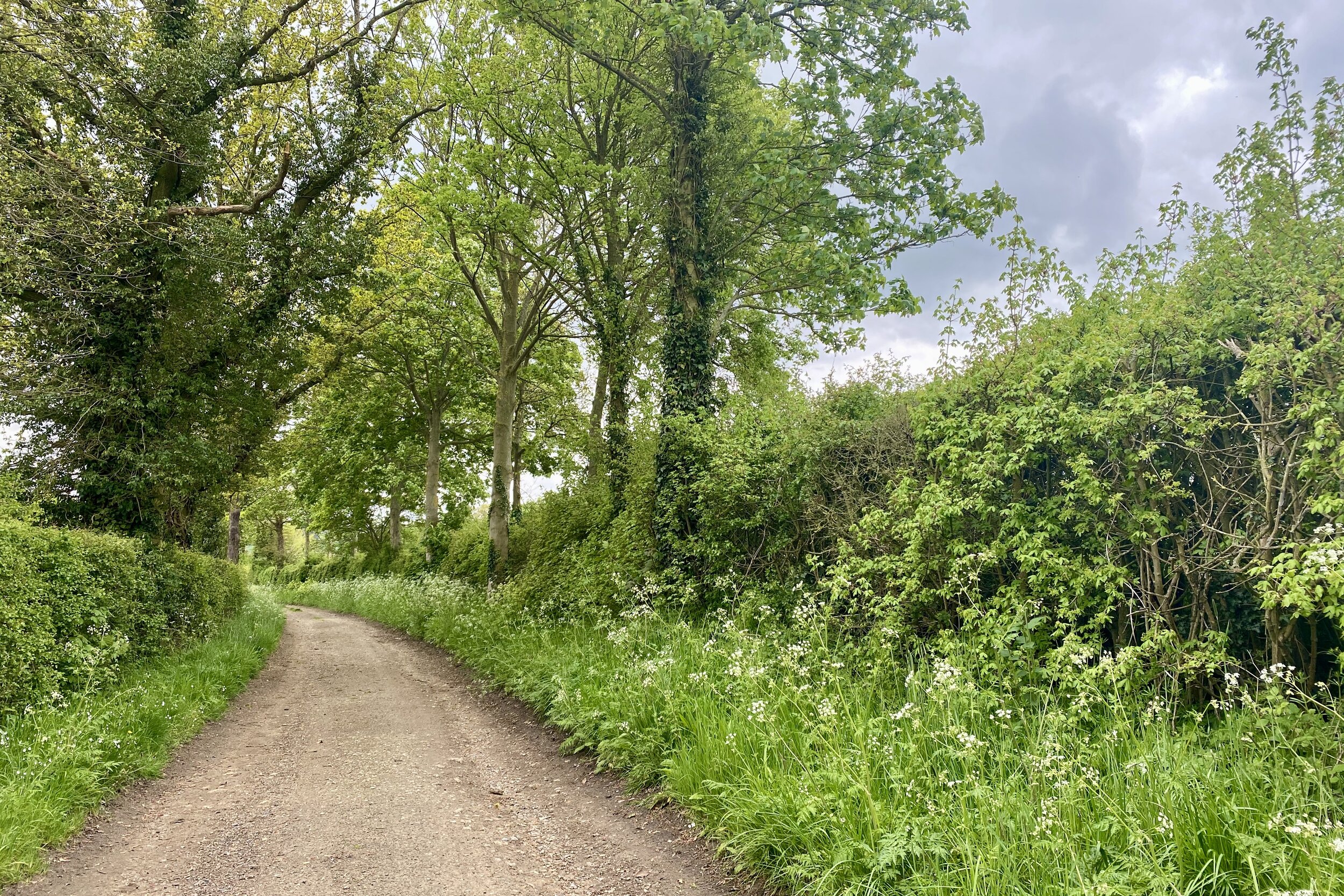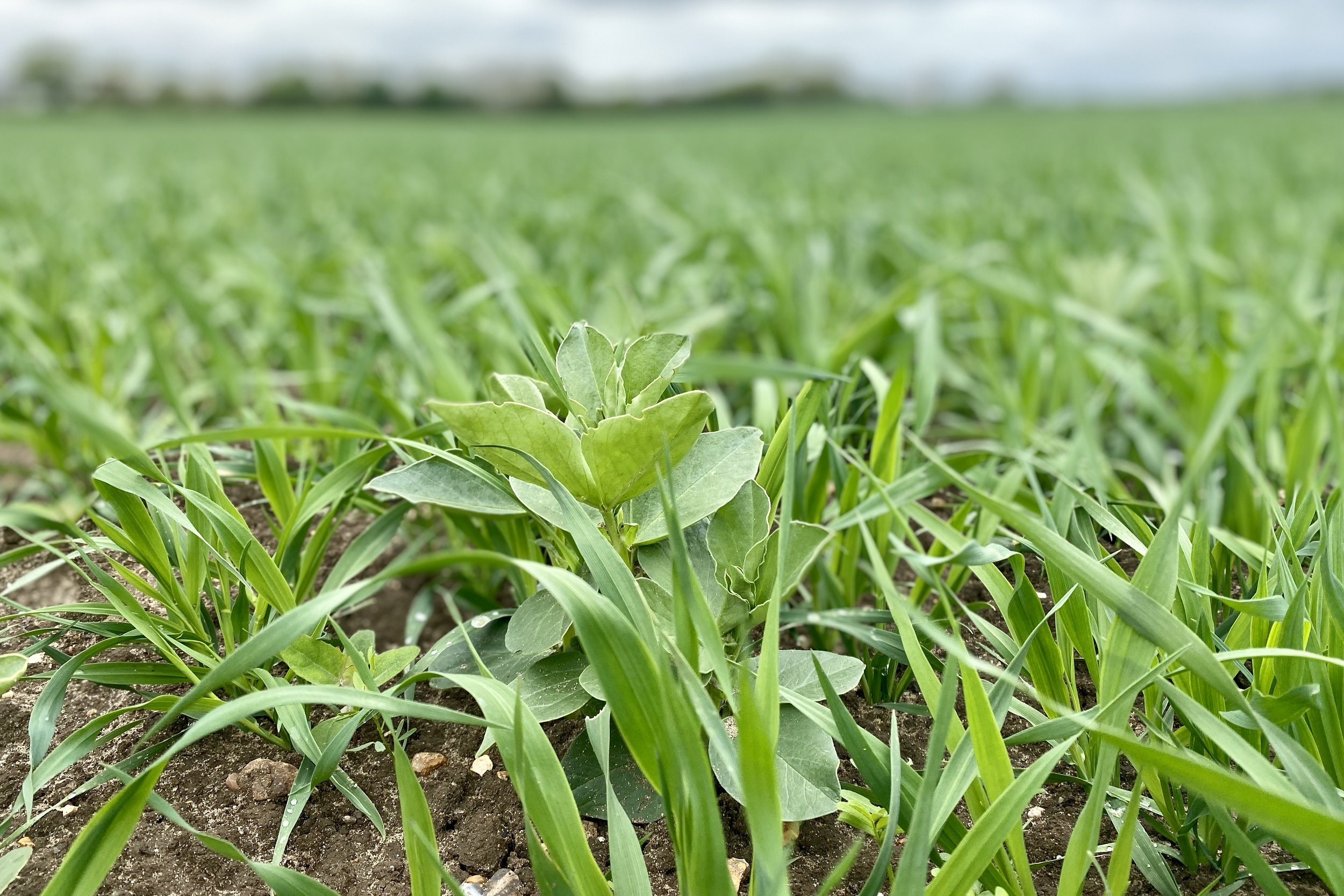
Welcome
A Living Landscape
Great Glemham Farms is a family-run partnership in East Suffolk. It is made of six home farms which form part of the Vale of Great Glemham that feeds in to the River Alde. Together the farms support a diversity of soil types and field patterns, habitats and hedgerows, woodlands and water bodies, dwellings and farm buildings.
Over four generations, the partnership has managed the farm as a living landscape of productive arable and livestock farming within a wider commitment to environmental stewardship and community well-being. Collaboration has always been at the heart of the enterprise, and we are grateful for the energy, knowledge and dedication of the farm team and the circle of advisers who have helped guide us over the years.
Growing food continues to be a core activity of Great Glemham Farms, and value working with other farmers, growers and producers within the vibrant food ecosystem of the region. We are also focusing on the many other natural and cultural yields the farm provides, such as water care, habitat enrichment and spaces for education and access to nature.
What makes all these diverse activities possible is partnership. We value and enjoy collaborating with neighbouring farmers, skilled land workers, conservation organisations, research centres, community groups, artists and artisans who work with nature’s bounty - all as we explore together the full potential of what a farm can be.
“Great Glemham Farms is a microcosm of much of the lands over East Anglia, so what is created here can be used as a demonstration for other farmers as how to manage their land for positive environmental, social and economic outcomes.”
Marina O’Connell, Adviser to Great Glemham Farms and author of Designing Regenerative Food Systems (2022)

THE FARMS | A diverse ecosystem
Great Glemham Farms forms an important natural water catchment feeding into the river Alde, with an exceptional variety of soil types transitioning from clay around the upper rim of the catchment, leading down through light sandy soils to richer loamy land. This land provides a rich mosaic of different habitats: woodland, water meadows, small pasture meadows, arable fields, 27km of hedgerows, over 20 historic ponds, various sandpits, and managed nature reserves, all of which contribute to biodiversity.
We share a deep commitment to the care and creative management of the farms’ natural resources to enrich biodiversity, produce food and provide multiple benefits for community health and well-being. Over the last few decades, we have focused on providing high quality food in the context of careful management of the farms’ soil and water resources through regular field-application of organic matter, rotational cropping, field drainage that allows for both aquifer replenishment and the preservation of the vitality of our ponds and ditches.
We have also focused on hedge-planting, maintenance of hedges and hedgerow trees, all as a living framework around cultivated fields, permanent pasture, woodland and nature reserves. White House Farm has been home to a wide range of educational, art events and rural business enterprises. We also collaborated to create a solar farm that integrates wildlife management and livestock grazing within its management plan.
Woodland 35 ha
Historic Parkland
Combinable crop 275.33 ha
Managed Nature Reserves 40 ha
Water bodies and public footpaths and tracks 5 ha
Community green space and playground 2 ha
County wildlife site at Parham airfield
Landscape Conservation Plan for 28 Ha Solar Park
27 km of planted hedgerows
22 historic ponds

Increasing resilience through mixed crops | Young oats, field beans, vetch and linseed







